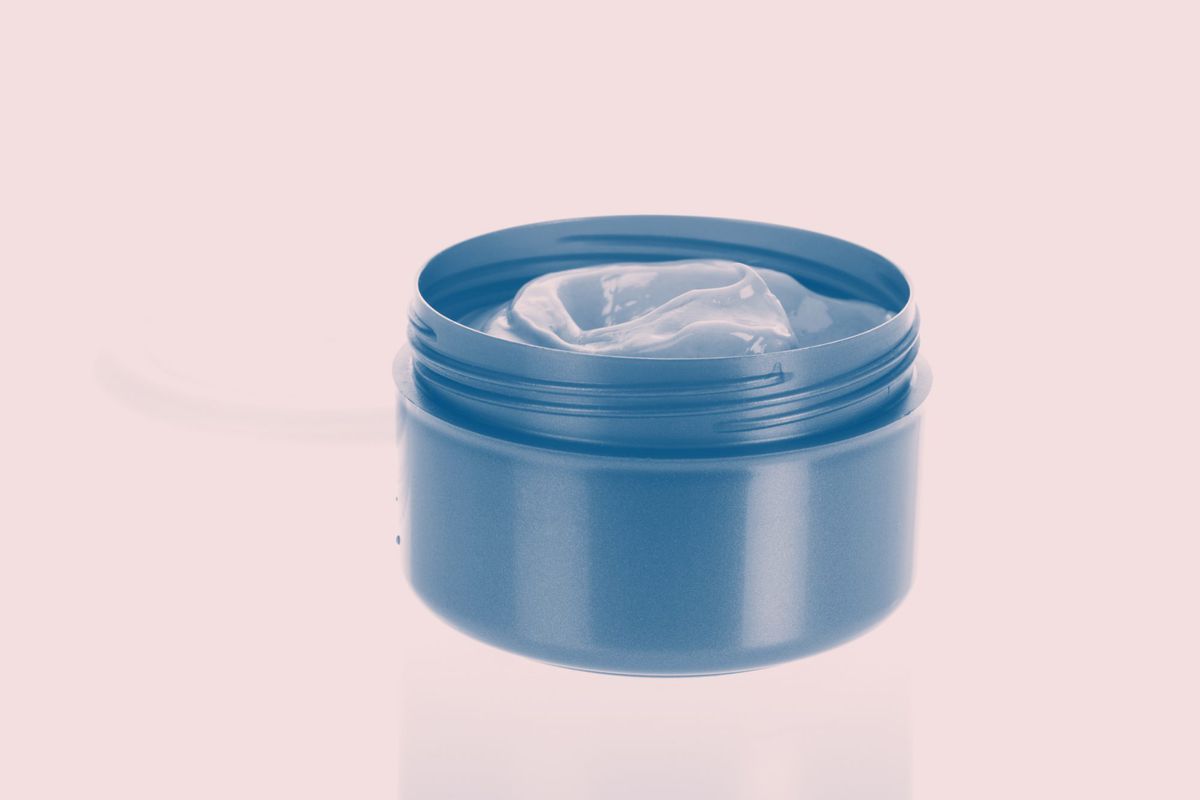In a first for the Centers for Disease Control and Prevention, a woman from Sacramento, California was recently diagnosed with mercury poisoning from using a skin-lightening cream—and now, the health agency is warning others to be wary of using similar products.
In a recent installment of the Morbidity and Mortality Weekly Report, a team of researchers from the University of California San Francisco (UCSF) detail the case of a 47-year-old Mexican-American woman who sought medical treatment in July 2019 for involuntary muscle movements and weakness in her upper extremities.
Over the course of two weeks of outpatient follow-up, the woman's condition progressed—eventually leading to hospitalization due to blurry vision, speech difficulties, and unsteady gait. Even while hospitalized, the woman's condition continued to worsen, and she developed an agitated delirium, per the CDC's report.
RELATED: How Often Is Too Often to Eat Sushi or Other Raw Fish?
Two weeks after being hospitalized, the woman's blood and urine tests detected "abnormally high values of mercury"—2,620 μg/L, to be exact. (According to the CDC, any blood mercury levels over 10 µg/L are cause for concern).
The cause? According to an investigation by the California Department of Public Health (CDPH), the woman's skin-lightening cream, which she had bought from Mexico and had been using twice a day for the past seven years, contained 12,000 ppm of mercury—specifically a type of organic mercury called methylmercury.
It’s not uncommon for harmful skin-lightening creams to contain inorganic mercury, the study’s lead author Paul Blanc, MD, MSPH, of the UCSF and California Poison Control System said in a press release. But organic mercury is way more toxic, and can cause “profound damage” to a person’s central nervous system that can even get worse after use of the product ceases.
RELATED: Can Metal Dental Fillings Be Risky for Your Health?
After her elevated mercury levels were found, the patient was put on chelation therapy for heavy metal poisoning (in which a chelator drug binds to the metal in the bloodstream and is excreted in the urine), but didn’t improve the patient’s condition—although it did correspond with a drop in blood mercury—she was transferred to UCSF for further investigation. Even months after stopping using the cream, as of the CDC's report, she still isn’t able to speak or care for herself, and is being fed through a tube.
Her case may be rare but it’s certainly a warning to anyone who uses skin-lightening creams on a regular basis, per the CDC.
Consumers can take several steps to protect themselves, study co-author Craig Smollin, MD, of UCSF's emergency department and medical director of the California Poison Control System's San Francisco Division, said in the press release. He advised buying all skin creams from well-known stores, avoiding those with hand-made labels or without labels, and checking for a protective foil seal under the lid. Ingredients should always be listed, and directions and warnings should be in English.
To get our top stories delivered to your inbox, sign up for the Healthy Living newsletter
